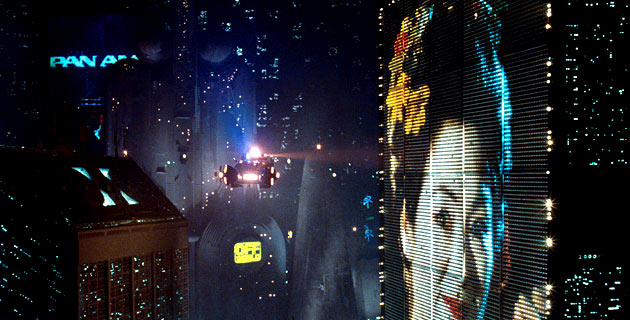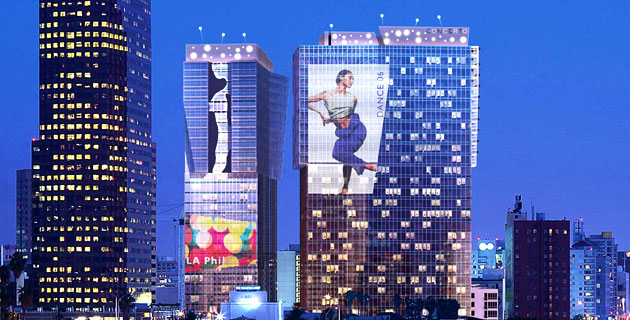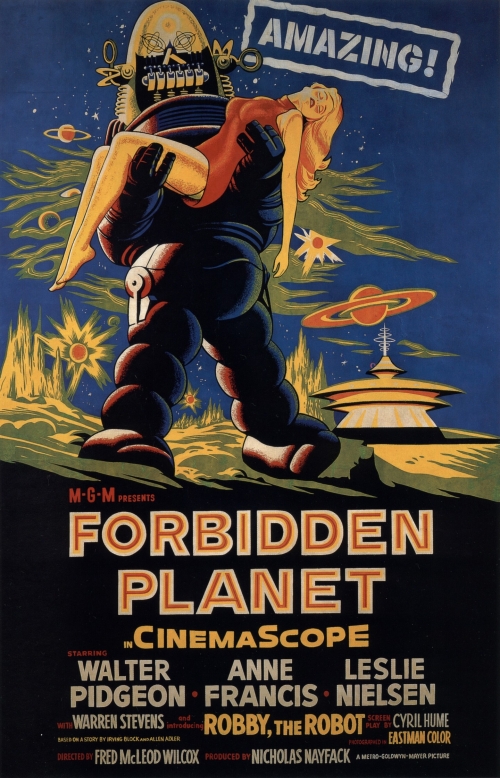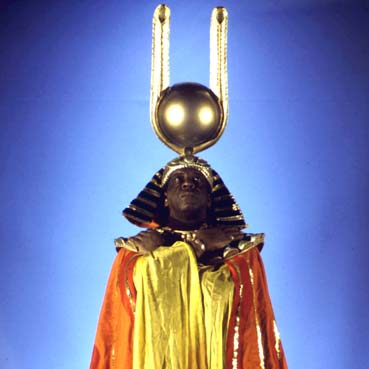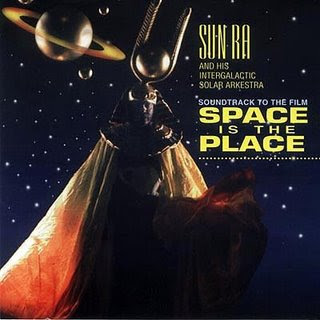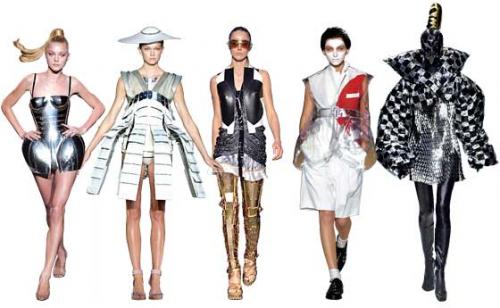A brief partial-summary of last wednesdays seminar:
we opened with a short, non-committal discussion around Hatherley’s article, which I thought I’d summarize and intersperse with points from our discussion:
– the essay introduces Taylor as an American Cybernetician , whose meathod of regulating and rationalizing labour was pivotal in what Lenin saw as a means of “preparing the grounds for a system that will supersede capitalism” – as Hatherly puts it: “we could read Lenin’s Taylorism as a liberating theoretical leap. A harnessing of mechanisation and efficency, of mathematical infallibility, to a radically democratic Communist society”
He frames Zamyatin’s novel in this context, departing from the idea of We as simply a cautionary tale, a critical attack on the ideologies it appears to satirize. Instead Hatherly looks at the book as more oblique, ambiguous and complex.
– within the satirical exaltations of Taylorism is “a sincere wonder at the possibilities of the machine” manifest within Zamyatin’s aesthetic: we noted that, barring the Integral and the executional “Machine”, there is an apparent lack of technology within the book. Instead, the form imposed on the narrative (discussed previously) functions as a kind of embodiment of the technology that in part inspires its fascination – affording a perspectival shift in the blurred, fragmentary relaying of thought and imagery; the increased velocity of a “technological” epoch – the book reads like a landscape as seen from an automobile, an airplane.
(on the tangent of aesthetics, El Lissitzky and his (children’s?) book About Two Squares was mentioned briefly, as employing form in its minimal, elemental construction, as a means of communication and propaganda – how does the form of Lissitzky’s art – and of constructivist art in general – relate to that of Zamyatin’s writing?)
– Hatherly answers this question directly: “We is on one level an extrapolation and expansion of Constructivism, the utopian art movement of the period, which aimed at a transformation of everyday life at its smallest levels, harnessing art to production.”
– at the time in which We was written, it is noted that – ravaged by civil war and dissolved through mass migration – both economically and technologically the Soviet Union was crippled: “At this point in the Soviet Union there were barely factories at all, let alone the Taylorised glass constructions dreamt of by Lenin, Rodchenko or Zamyatin. Taylorism had the power of the purest of fantasies.”
Hatherly concludes by distilling a broken optimism from the book, acknowledging the kinds of potentials within the rationalist construction that is both denounced and ratified through Zamyatin’s book:
” Contained within the novel and in the Constructivism it satirises is a promise of a transformation of everyday life via technology that is in part based on the possibilities of fantasy…there is something bracing about these austere, rationalist constructions in their collectivity and idealism, a broken promise still riven with poignancy.”
– moving away from the essay, the topic of propaganda came up in relation to the function of the Integral. The ship, while destined for other, off-planet civilizations, is more a propagandistic tool for OneState itself – providing a public work that encapsulates a collective voice of self-aggrandizement repeated through its continued construction.




